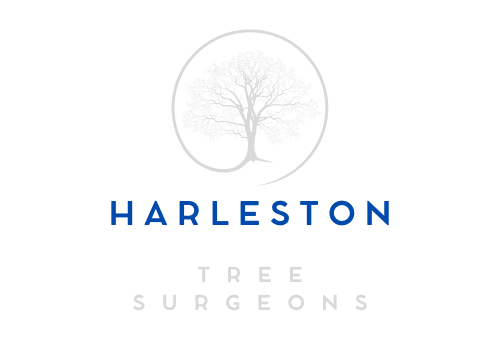The Role of Tree Reshaping in Climate Change Mitigation
Introduction: In the face of climate change, there’s an urgent need for innovative solutions to mitigate its impacts and preserve our planet’s ecosystems. While planting trees is often touted as a key strategy for combating climate change, the role of tree reshaping is equally significant yet often overlooked. Tree reshaping, carried out by skilled professionals like Harleston Tree Surgeons, enhances the aesthetic appeal of landscapes and plays a crucial role in climate change mitigation. In this blog post, we’ll explore how tree reshaping contributes to climate change mitigation and why it’s an essential practice for sustainable environmental stewardship.
- Carbon Sequestration and Storage
Trees are remarkable carbon sinks, absorbing carbon dioxide from the atmosphere during photosynthesis and storing it as biomass. However, not all trees are equally effective at carbon sequestration. By reshaping trees to optimise their growth and health, tree surgeons can enhance their capacity to sequester carbon. Pruning dead or diseased branches, thinning dense canopies, and shaping trees to promote healthy growth can increase their photosynthetic efficiency and carbon storage potential. As a result, properly reshaped trees can sequester more carbon and contribute to reducing atmospheric CO2 levels, mitigating the effects of climate change.
- Albedo Effect and Climate Regulation
The albedo effect refers to the ability of surfaces to reflect sunlight, with lighter surfaces reflecting more sunlight and heat than darker surfaces. Tree reshaping techniques such as crown thinning and canopy lifting can increase a tree’s exposure to sunlight and promote air circulation within its canopy. This can help reduce surface temperatures in urban and suburban areas, mitigating the urban heat island effect and lowering energy consumption for cooling buildings. Additionally, properly reshaped trees can provide shade and cooling effects, creating microclimates more conducive to human comfort and biodiversity.
- Stormwater Management and Soil Conservation
Tree reshaping is vital in stormwater management and soil conservation, essential for climate change adaptation. Tree surgeons can minimise water runoff and soil erosion during heavy rainfall events by pruning dense canopies and reducing the overall leaf area. Additionally, reshaping trees to improve root stability and soil infiltration capacity can enhance their ability to absorb and retain water, reducing the risk of flooding and groundwater depletion. Properly reshaped trees act as natural buffers against the impacts of extreme weather events, protecting ecosystems and communities from climate-related hazards.
- Biodiversity Enhancement and Habitat Creation
Tree reshaping promotes biodiversity by creating diverse habitat structures supporting various plant and animal species. By selectively pruning and shaping trees to mimic natural growth patterns, tree surgeons can create diverse canopy layers, provide bird nesting sites, and encourage understory vegetation growth. This multi-dimensional approach to tree reshaping fosters ecological resilience and enhances forest ecosystems’ overall health and diversity. Biodiverse ecosystems are better equipped to adapt to changing environmental conditions and contribute to resilience to climate change.
Conclusion: Tree reshaping is a powerful tool for climate change mitigation and sustainable environmental management. By optimising the growth and health of trees, tree surgeons can enhance carbon sequestration, regulate climate, manage stormwater, and promote biodiversity. As we strive to address the challenges of climate change, incorporating tree-reshaping practices into urban and rural landscapes is essential for building resilient ecosystems and safeguarding the health and well-being of future generations.
Call us on: 01379 773 584
Click here to find out more about Harleston Tree Surgeons
Click here to complete our contact form and see how we can help with your tree’s needs.

